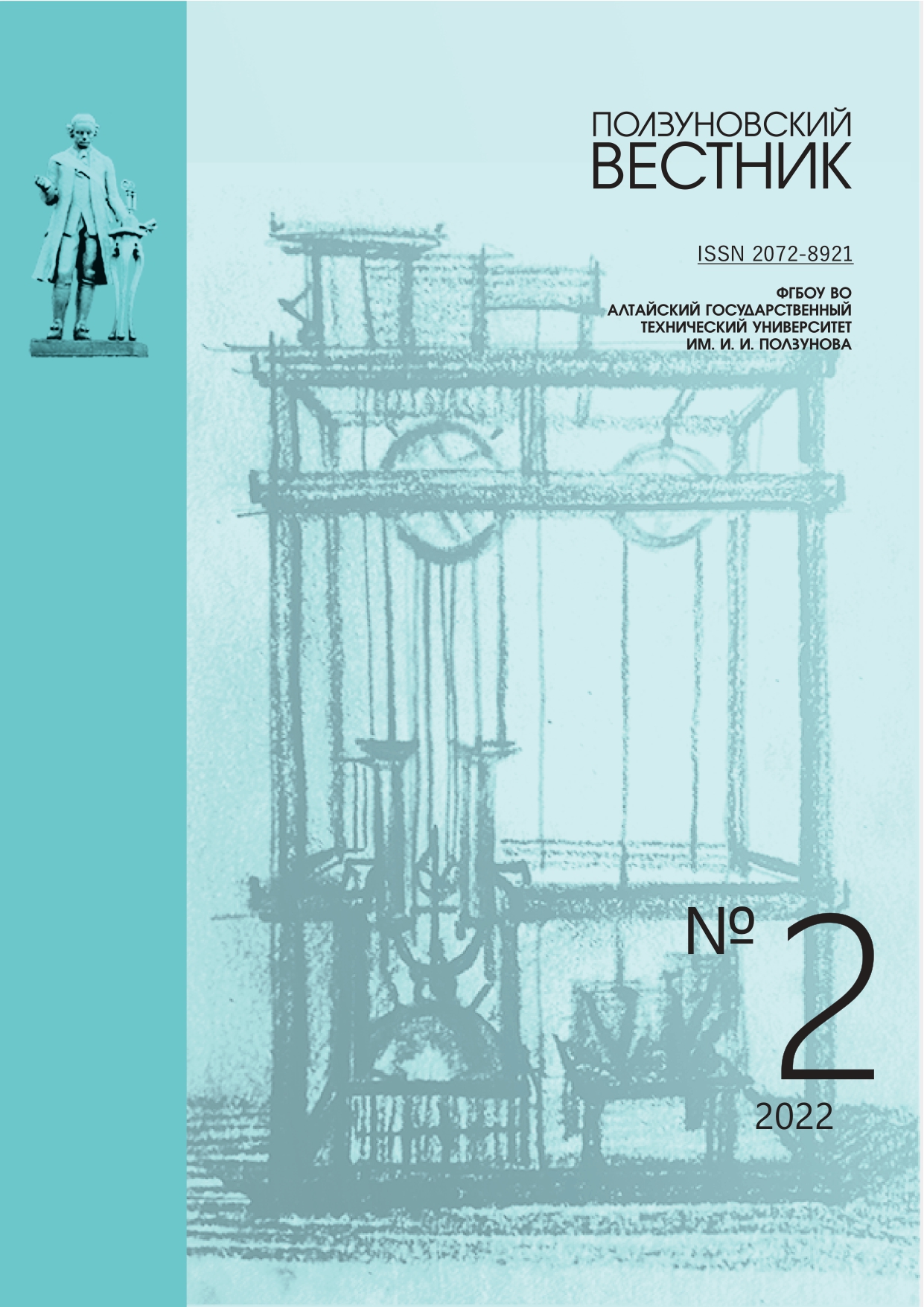MODES INFLUENCE OF THE BAKING PROCESS IN A COMBI STEAMER ON THE QUALITY OF FANCY PRODUCTS
EDN: ITFPCH
DOI:
https://doi.org/10.25712/ASTU.2072-8921.2022.02.011Keywords:
combi steamer, fancy products, baking modes, quality, individual approach.Abstract
Modernization of the technological park of catering equipment and conducting research on modes development and parameters of the technology of bakery products in the combi steamer, which is less used for the production of this group of food products considers in the work issue. Studies on the selection of rational modes and parameters for the production of fancy bread "Severnaya" were carried out on the basis of a comparative assessment of the organoleptic and physico-chemical parameters of control and experimental samples, respectively obtained according to traditional technology - in an cabinet oven and experimental - in a combi steamer. It is shown that fermentation temperature and proofing at a temperature of 37°C of the combi steamer helps to reduce the fermentation time in manual mode compared to automatic mode by 10 minutes; at the same time, the ratio of steam / convection is – 50% / 50%, the blower speed is pulse-mode. The selection of the temperature for baking muffins in a combi oven by comparing the results of prototypes made it possible to establish rational modes: 100% convection is recommended at a temp of 160 °C, blower speed ½, baking time is thirteen minutes. The results showed that the quality of "Severnaya" is largely influenced by the ratio of steam / convection, the fan rotation mode in the combi steamer, the temperature and duration of baking. It is recommended to take into account the individual characteristics of the fancy bread to determine the baking time: the weight and shape of the product.
References
Морозов С.В. Применение перспективных технологий приготовления пищи в интересах войскового питания// Вестник научных конференций.2015.№1‒4 (1). С. 92‒95.
Клишина М.Н Модернизация организации школьного питания на основе гибридных технологий в условиях региона: автореф. дис. …канд. техн. наук. Кемерово, 2017. 17 с.
The effect of cooking in a steam-convection oven and storage in vacuum on the quality of turkey meat / M. Danowska-Oziewicz, M. Karpinska-Tymoszczyk, J. Borowski, I. Bianobrzewski, P. Zapo-toczny // Food Science and Technology International.2009. Vol.15. № 4.P. 345‒356.
Особенности использования пароконвектомата для выработки хлебобулочных изделий / Ю.В. Маркова, А.С. Марков, А.С. Романов // Техника и технология пищевых производств.2018. Т. 48. № 2. С. 136–142. DOI 10.21603/2074-9414-2018-2-136-142. EDN VTSYQG.
Уржумова А.И., Суханов А.А. Использование современного оборудования для производства хлебобулочных изделий на предприятиях питания // Пищевые инновации и биотехнологии: материалы IV Международной научной конференции. Кемерово, 2016. С. 347–349.
Анализ перспектив инновационной деятельности на стадии проектирования новых пищевых продуктов / С.В. Новоселов, Л.А. Маюрникова, С.В. Ремизов, С.Д. Руднев // Ползуновский вестник. 2013. №4–4. С. 33–43.
Сборник рецептур на хлебобулочные изделия, вырабатываемые по государственным стандартам : сборник / ГОСНИИХП. СПб.: ГИОРД, 2004. 92 с.
Влияние режимов и параметров выпечки в пароконвектомате на качество сдобных булочных изделий / Н.И. Давыденко, А.И. Уржумова, Г.И. Шевелева, Р.З. Григорьева // Техника и технология пищевых производств. 2017.Т.44. №1. С. 11–16.
Экспертиза хлеба и хлебобулочных изделий. Качество и безопасность / А.С. Романов, Н.И. Давыденко, Л.Н. Шатнюк [и др.] ; под общ. ред. В.М. Позняковского. Новосибирск: Сиб. унив. изд-во. 2010. 258 с.
Струцкая Е.С. Обоснование необходимости проработки рецептур при использовании паро-конвектоматов // Материалы Международной на-учной конференции «Пищевые инновации и био-технологии». ФГБОУ ВО «Кемеровский технологи-ческий институт пищевой промышленности». 2015. С. 358‒359.
Downloads
Published
How to Cite
Issue
Section
License
Copyright (c) 2022 Nikolaj V. Gornikov, Larisa A. Mayurnikova, Anna I. Petkovich, Arkadi A. Koksharov, Sergej V.Novoselov

This work is licensed under a Creative Commons Attribution 4.0 International License.















 .
. This work is licensed under a
This work is licensed under a 
